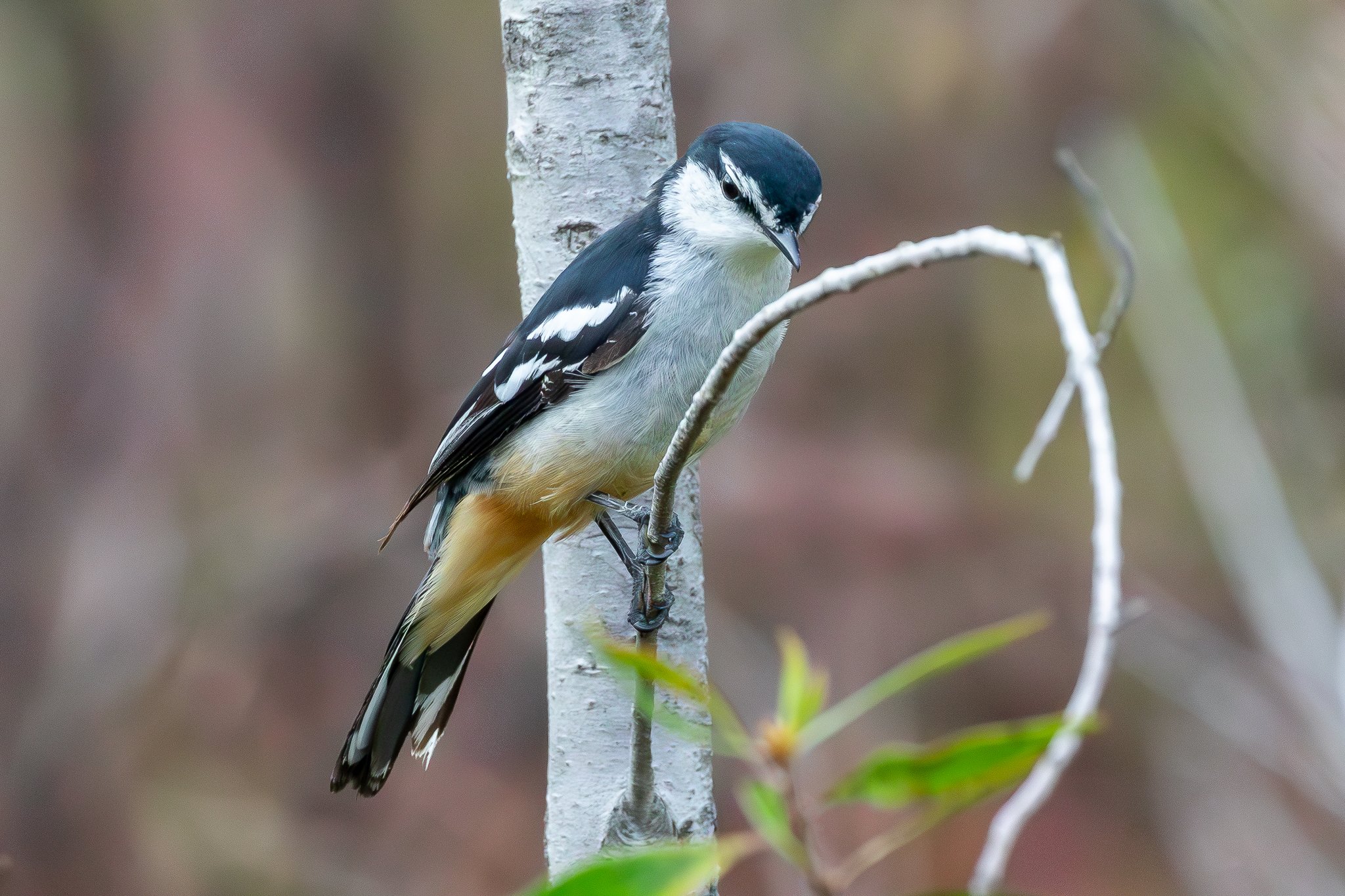Byron Bay Wetlands appear to have escaped relatively lightly from the October bush-fire that burnt from Byron Bay to close to Brunswick Heads in October 2023. The fire impinged mainly on the western side of the reserve and did not affect the wetland area directly.
Close to the wetlands, the fire did not crown and was a relatively cool burn.
Bird and species numbers do not seem to be affected as shown by post-fire bird surveys on Birdata. This male Varied Triller was close to the fire area.
The fire skirted the eastern fringe but did not affect the eastern ponds.
Several Cicadabirds were calling including this female in the Malaleuca swamps.
This male Cicadabird was photographed at Brunswick Heads, close to the northern extreme of the fire.
Half way on its journey to Brunswick Heads the fire passed through this wetland at Tyagara, burning right down to the waterline.












